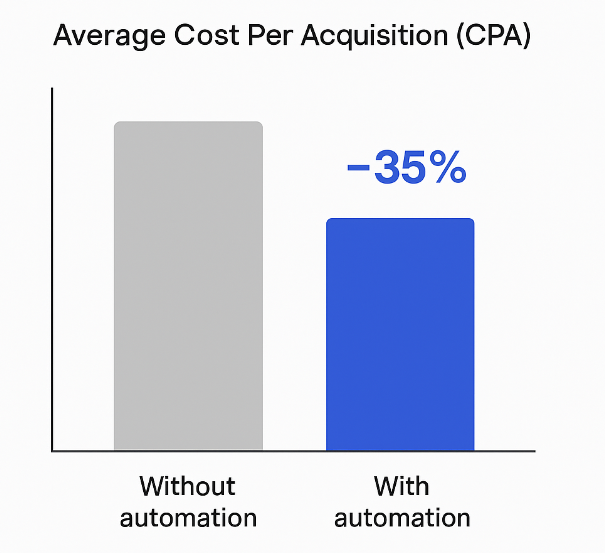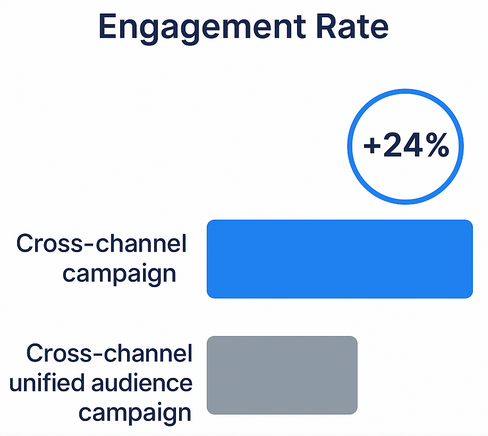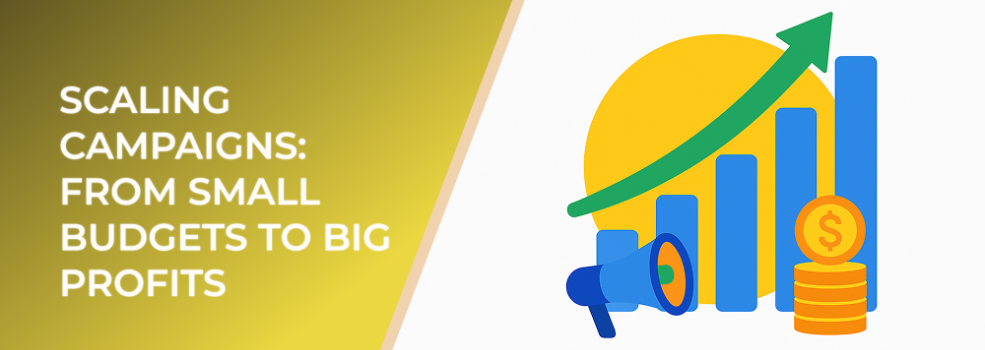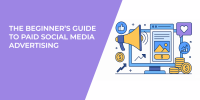This article breaks down the proven methods used by top-performing marketers to expand ad performance without losing efficiency—and how LeadEnforce can help you do the same.
The Challenge of Scaling Marketing Campaigns
Every marketer dreams of transforming a small, well-performing ad campaign into a high-revenue powerhouse. But scaling is not as simple as increasing the ad spend. When budgets grow, inefficiencies multiply. Audiences saturate, conversion costs rise, and what once worked at a small scale can quickly stop delivering.
The key to success lies in strategic scaling—a data-driven process that maximizes return while maintaining audience quality. This is where platforms like LeadEnforce give digital marketers a competitive edge.
Step 1: Strengthen Your Audience Targeting
According to WordStream, the average conversion rate across industries for Facebook ads is 9.21%, but top-performing advertisers achieve rates 2x higher through precise audience segmentation. LeadEnforce helps brands replicate this by creating custom and lookalike audiences with laser accuracy.
By leveraging behavioral data and interest-based targeting, marketers can expand reach without diluting audience quality—ensuring every new dollar spent goes toward likely converters.
Step 2: Analyze and Optimize Before Scaling
Before doubling your budget, first double your insight. Data from HubSpot shows that companies using analytics tools are 2.3x more likely to report revenue growth year-over-year. LeadEnforce’s detailed analytics allow you to monitor engagement trends, audience overlap, and ad fatigue before investing more.
Create a benchmark campaign performance report:
-
Current CPA (Cost per Acquisition)
-
Frequency and engagement rate
-
Audience overlap between ad sets
Once you’ve identified strong audience segments, scale gradually—typically increasing spend by 20-30% per week to avoid triggering ad platform learning resets.
Step 3: Automate Audience Expansion
Manual targeting and scaling can quickly become unsustainable. Automation solves this. LeadEnforce’s audience builder automatically syncs with your ad accounts, dynamically updating audiences based on performance data.

This continuous refinement ensures your targeting evolves as your campaigns grow—minimizing wasted spend and maintaining consistent ROI.
Step 4: Diversify Channels, But Keep Control
Scaling isn’t just about spending more; it’s about reaching audiences across more touchpoints. However, spreading too thin too early can reduce focus and efficiency.

Engagement rate uplift (~24%) achieved when using unified audience targeting across multiple channels vs single-channel only
Start by mastering one platform (like Facebook or Instagram), then extend to others like LinkedIn or TikTok. LeadEnforce helps unify these campaigns by providing cross-platform audience control, ensuring consistency in targeting and messaging.
Useful Statistics to Guide Your Scaling Strategy
-
70% of advertisers who scale gradually (within 20-30% spend increase per week) report sustained ROI growth. (Source: Social Media Examiner)
-
Businesses using automated audience management tools like LeadEnforce report 35% lower CPA on average.
-
Cross-channel campaigns with unified audience targeting generate 24% higher engagement rates than single-channel efforts.
Step 5: Measure, Adjust, Repeat
Scaling is never a one-time event. Regularly review performance metrics and identify when audience saturation begins. Use LeadEnforce analytics to spot declining segments and replace them with new high-performing lookalikes.
The most profitable marketers treat scaling as an iterative process—a cycle of testing, learning, and optimizing.
Final Thoughts
Scaling from a small budget to big profits takes more than just confidence—it takes precision, insight, and the right tools. LeadEnforce equips you with all three, turning audience data into predictable growth and helping you scale smarter, not harder.
Read Next on LeadEnforce Blog
If you found this article helpful, you might also enjoy:

